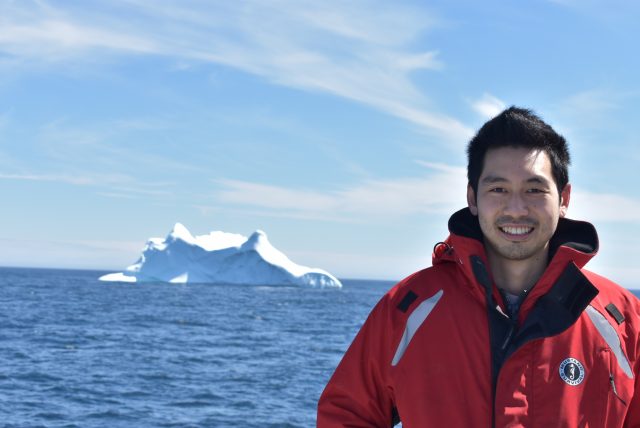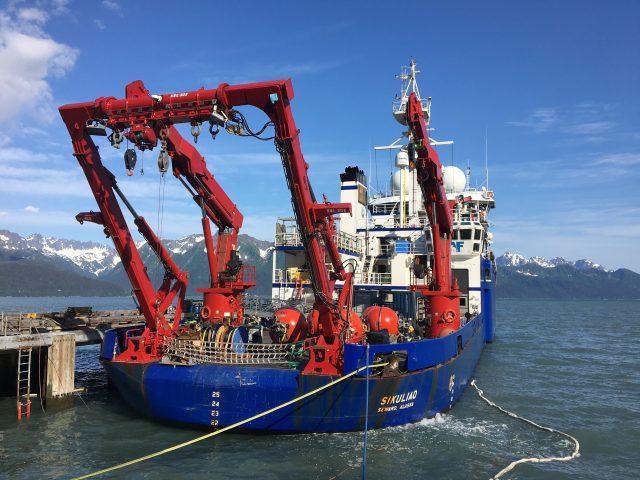Inside the Role of a Subsurface Mooring Lead
In the demanding field of oceanic exploration, a dedicated team of professionals from the Ocean Observatories Initiative (OOI) conducted the 11th annual cruise to the Station Papa Array in the Gulf of Alaska aboard the R/V Sikuliaq. Central to this mission was James Kuo, a Subsurface Mooring Lead (SML) at the Woods Hole Oceanographic Institution (WHOI), whose responsibilities were crucial to the voyage’s success.
Key Responsibilities
As the SML, James Kuo manages two flanking moorings and one hybrid profiler mooring. His primary responsibility is to ensure all instruments are fully operational before, during, and after deployment. This involves conducting thorough checks at each stage to confirm the equipment is in optimal condition for the year-long deployment. Occasionally, he must also address any issues that arise during deployment before leaving the array site, ensuring everything is functioning as intended.
During deployment, James primarily monitors engineering metrics, such as power consumption, to evaluate the health of the moorings. He also reviews scientific data—including pressure, temperature, and current velocities—to assess the moorings’ status and ensure that the instruments are positioned at the correct depths. This thorough approach provides a complete understanding of both instrument performance and the environmental conditions affecting the moorings.
When James and his team retrieve previously deployed moorings, they carefully inspect the instruments and analyze the data to identify any failures and determine their causes. Significant findings are annotated in the data stream to help scientists understand any anomalies during processing. Depending on the nature of a failure, these insights may lead to procedural changes or design modifications to improve future deployments.
Veteran of the Seas
James is well-versed in life at sea, having participated in approximately 28 cruises throughout his career. James is well-known for his ever-present smile while working to overcome daily challenges aboard the ship. Over his nine years at WHOI, he’s had the opportunity to explore diverse and exotic locations, including the Arctic, Norway, Italy, Chile, Uruguay, Iceland, Alaska, and various other domestic ports. Each expedition offers him a unique travel experience, venturing to places that are often beyond the reach of most travelers.
Career Development
James’s career in oceanography began in college as an intern at Scripps Institution of Oceanography where he assisted with various tasks and mooring assemblies. After graduating from University of California, San Diego (UCSD) with a degree in Structural Engineering, he joined Scripps full-time, focusing on mechanical design of moorings using CAD software.
During the first OOI Southern Ocean cruise in 2015, James collaborated with the WHOI team responsible for deploying the OOI Surface Mooring. A year later, WHOI recognized James’s expertise and offered him a position to continue his work with OOI. He focused on Subsurface Moorings, where he eventually became an expert in the field, mastering the intricacies of Subsurface Mooring platforms.
Future Aspirations
As the SML on the Papa expedition, James tackles a wide range of tasks and responsibilities, offering both significant challenges and rewarding opportunities. His journey from intern to Research Engineer reflects the dedication and expertise that have allowed him to excel in oceanographic research.
Looking forward, James sees significant growth opportunities at WHOI. He recently secured funding for a proposal to develop a mixed reality system for underwater ROVs, a project that is already underway. “The diverse projects and innovative opportunities offer the potential for a fulfilling and dynamic career,” said James.

James Kuo, Research Engineer


